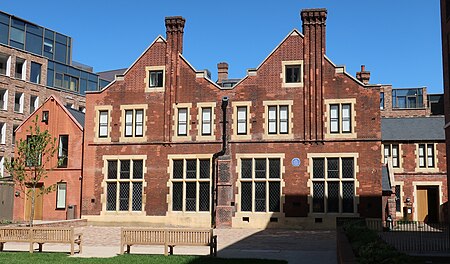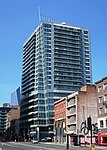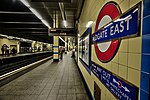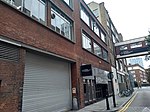Toynbee Hall

Toynbee Hall is a charitable institution that works to address the causes and impacts of poverty in the East End of London and elsewhere. Established in 1884, it is based in Commercial Street, Spitalfields, and was the first university-affiliated institution of the worldwide settlement movement—a reformist social agenda that strove to get the rich and poor to live more closely together in an interdependent community. It was founded by Henrietta and Samuel Barnett in the economically depressed East End, and was named in memory of their friend and fellow reformer, Oxford historian Arnold Toynbee, who had died the previous year. Toynbee Hall continues to strive to bridge the gap between people of all social and financial backgrounds, with a focus on working towards a future without poverty.
Excerpt from the Wikipedia article Toynbee Hall (License: CC BY-SA 3.0, Authors, Images).Toynbee Hall
Commercial Street, London Whitechapel
Geographical coordinates (GPS) Address Nearby Places Show on map
Geographical coordinates (GPS)
| Latitude | Longitude |
|---|---|
| N 51.516111111111 ° | E -0.0725 ° |
Address
Commercial Street 33
E1 6LP London, Whitechapel
England, United Kingdom
Open on Google Maps






